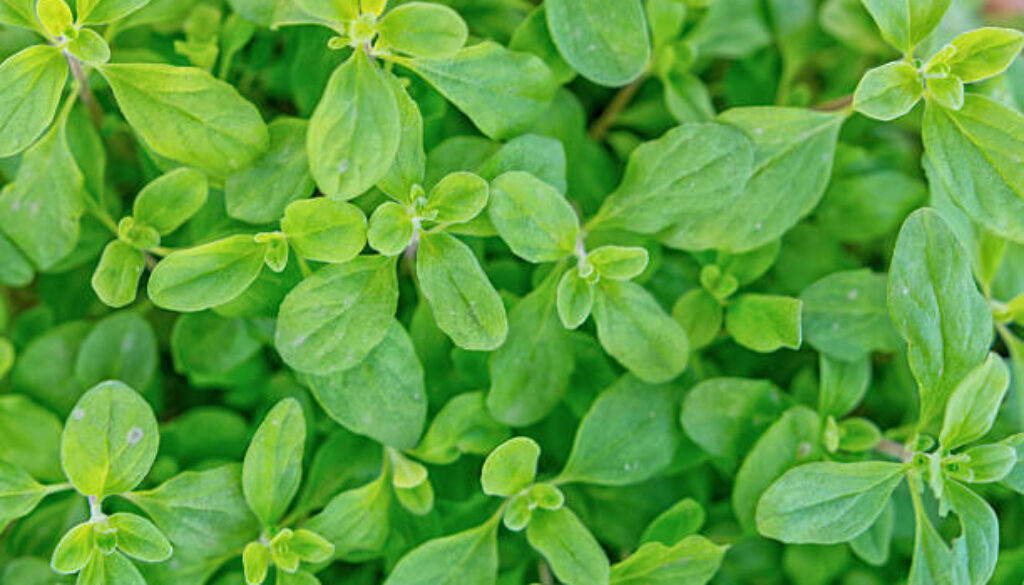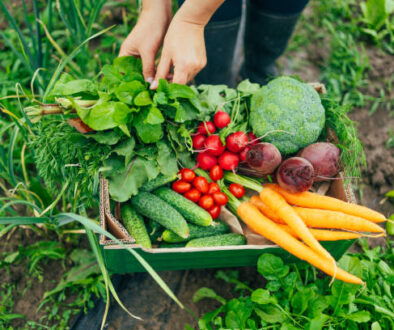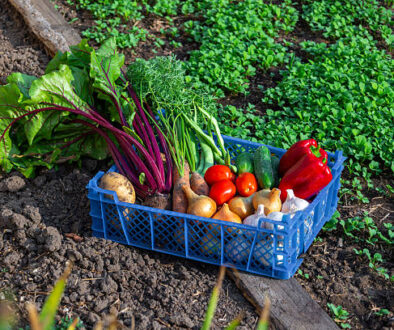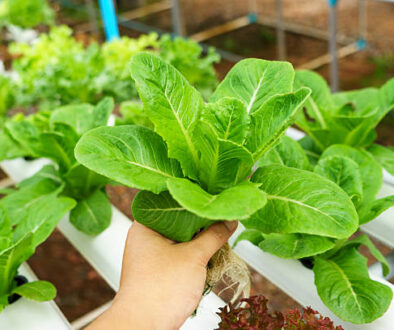Top 10 Medicinal Herbs and Healing Plants with Their Benefits and Growing Tips
Quick Disclaimer: This post may contain affiliate links, meaning if you purchase a product through those links, I may receive a small commission with no extra cost to you. Thanks for your support to my work! I only Recommend Products I Trust!
MoreYou can grow them yourself.
Whether you dream of a lush herb garden on your balcony or a few pots by the kitchen window, each plant has unique plant benefits that make everyday life better.
Think of it as your own personal stash of herbal remedies, ready when you need them.
So, are you ready to get back to nature and learn how to grow these health-boosting plants?
Let’s explore the top ten and see how they can work out for you.
Related:
- 16 Most Powerful Healing Plants for Pain Relief: Natural Healing Herbs Medicine
- Top 12 Favorite Medicinal Plants You Should Grow In Your Backyard: Herbs For Medicine
- The 15 Top Herbs You Need in Your Backyard (You’ll Regret Not Growing #10!)
1. Aloe Vera – The Skin Soother
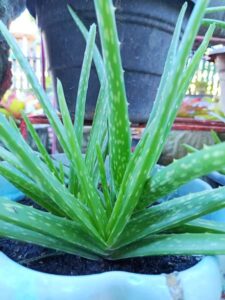
If you keep just one healing plant in your home, make it aloe vera.
This spiky, low-maintenance plant is famous for its gel, which cools burns, soothes sunburn, and helps minor cuts heal faster.
💡Quick Note: Learn How To Transform A Typical Money-Draining House Into A Tiny Profitable Off-The-Grid Homestead. Click Here To Get Started Now!
It’s like having a natural first-aid kit right on your windowsill.
The plant benefits go beyond skin care, too. Many people use aloe juice (properly prepared) for digestive support.
Growing aloe is easy. All it asks for is a sunny spot and a pot with good drainage.
Forget to water it sometimes? No problem, aloe thrives on a little neglect.
Just remember not to overwater, or the roots may rot.
In herbal medicine, aloe’s gel is considered one of the most effective herbal remedies for external skin issues, making it perfect for both beginners and seasoned gardeners.
2. Peppermint – Nature’s Refreshing Remedy
You know that cool, tingly taste in toothpaste? That’s peppermint, and the leaves are just as refreshing in real life.
In herbal medicine, peppermint tea is a go-to for calming upset stomachs, easing headaches, and clearing sinuses.
It’s also one of the best herbs for boosting focus during busy modern life days.
Growing peppermint is simple, but it does spread like crazy, so you might want to keep it in a pot.
Give it moist soil and partial sunlight, and it’ll reward you with fragrant leaves almost year-round.
With its plant benefits ranging from fresh breath to better digestion, peppermint earns its spot in every herb garden.
Ever tried fresh peppermint tea after a long day? It’s like a mini spa session in a mug.
3. Lavender – The Calm Maker
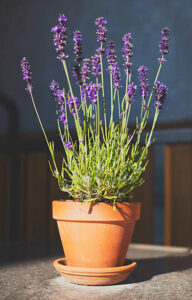
Lavender’s scent is one of the most relaxing in the plant world.
In natural healing, it’s known for easing anxiety, improving sleep, and even keeping insects away.
💡Quick Note: 🌼Don’t You Dare To Miss Out On This Kit! The Medicinal Garden Kit is a Must-Have for Your Garden. Click Here to Access Now!
A few drops of lavender oil in your bath can turn an ordinary night into a stress-melting ritual.
This plant loves sunshine and well-drained soil.
Once it’s established, it doesn’t need much water, which makes it perfect for hot, dry climates.
You can dry lavender for sachets, teas, or oils, giving you long-lasting herbal remedies for mood and home.
Who wouldn’t want to walk past their herb garden and get a whiff of pure calm?
4. Chamomile – The Gentle Healer
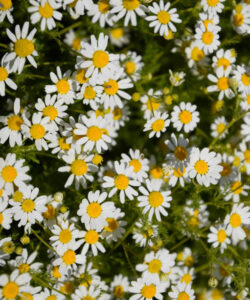
Chamomile is the tea your grandma swore by, and for good reason.
It’s gentle yet powerful, helping with digestion, promoting sleep, and calming irritated skin.
These plant benefits make it a must-have for herbal medicine lovers.
It’s easy to grow chamomile in containers or garden beds.
Give it sun, water regularly, and watch as delicate white flowers appear.
You can dry the blooms to make your own tea, ensuring you always have a soothing herbal remedy at hand. Plus, who doesn’t love sipping something they grew themselves?
5. Echinacea – The Immune Booster
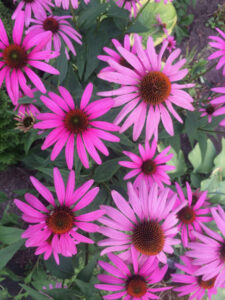
When cold season hits, medicinal herbs like echinacea often take center stage.
This vibrant purple flower supports immune health and may help shorten the length of colds.
It’s a staple in herbal medicine for keeping your body’s defenses strong.
Echinacea loves full sun and can handle different soil types.
Once it blooms, you can harvest the flowers and roots for teas and tinctures.
Adding this beauty to your herb garden gives you both visual appeal and serious plant benefits, a win-win for any gardener.
6. Rosemary – The Memory Helper
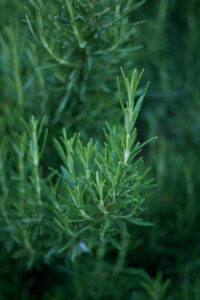
Rosemary isn’t just for roast potatoes.
It’s long been linked to better memory, mental clarity, and even improved circulation.
In modern life, where we juggle endless to-do lists, rosemary’s sharp scent can be a real mental boost.
💡Quick Note: Learn How To Transform A Typical Money-Draining House Into A Tiny Profitable Off-The-Grid Homestead. Click Here To Get Started Now!
It grows best in full sun and well-drained soil. Rosemary’s hardy nature makes it great for both gardens and pots.
You can use fresh or dried leaves in cooking, or make an infused oil for hair and scalp health.
With such versatile plant benefits, rosemary deserves a permanent place in your herb garden.
7. Thyme – The Natural Protector
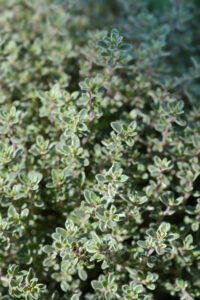
Thyme packs a punch in both flavor and health.
It’s naturally antibacterial and rich in antioxidants, making it a powerful tool in natural healing.
Many herbal remedies for coughs and sore throats include thyme tea or syrup.
Thyme thrives in sunny spots with well-drained soil.
It’s drought-tolerant once established, so it’s perfect if you forget to water now and then.
Add it to soups, marinades, or teas, and you’ll see why this little herb has stood the test of time.
8. Basil – The Mood Lifter
Sure, basil makes pasta taste amazing, but it also offers stress-relieving and mood-lifting plant benefits.
In herbal medicine, it’s believed to help balance blood sugar and reduce inflammation.
Basil grows quickly in warm weather and loves plenty of sun.
Keep the soil moist, and pinch the tops regularly to encourage fresh growth.
Fresh basil in your kitchen is more than a cooking staple; it’s a tiny burst of natural healing in every leaf.
9. Sage – The Wise One
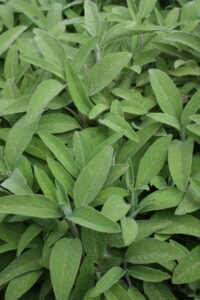
They don’t call it “sage advice” for nothing.
This herb has been valued for centuries for its memory-enhancing and antimicrobial properties.
In herbal remedies, sage tea can soothe sore throats and aid digestion.
Sage prefers full sun and light, well-drained soil.
💡Quick Note: 🌼Don’t You Dare To Miss Out On This Kit! The Medicinal Garden Kit is a Must-Have for Your Garden. Click Here to Access Now!
It’s drought-resistant and low-maintenance, making it a perfect match for busy modern life.
Plus, its silvery leaves add beauty to any herb garden while offering powerful plant benefits.
10. Calendula – The Skin’s Best Friend
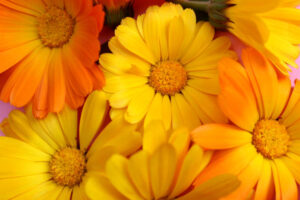
Calendula’s bright orange flowers aren’t just pretty; they’re famous in natural healing for soothing rashes, cuts, and inflammation.
Many creams and oils use calendula for its skin-repairing qualities.
It’s easy to grow in almost any sunny location, and the flowers just keep blooming if you harvest them regularly.
Dry them for teas or infuse them into oils for long-lasting herbal remedies.
With calendula in your herb garden, you’ll always have a touch of sunshine ready to heal.
Conclusion
Starting an herb garden isn’t just about growing plants, it’s about creating your own source of herbal medicine and natural healing.
Whether you want a quick tea for an upset stomach, a soothing salve for your skin, or just the joy of fresh herbs in your cooking, these ten medicinal herbs have you covered.
Why not pick one or two to start with and see how they can transform your daily routine?
FAQs
Q1: Do I need a lot of space to grow medicinal herbs?
Nope! Many of these plants grow perfectly in pots on a balcony or windowsill.
Q2: Can I use these herbs right after harvesting?
Yes, but some, like chamomile and lavender, are best dried first for long-term storage.
Q3: Are all medicinal herbs safe for everyone?
Not always. Some herbs can interact with medications or cause allergies, so check before use.
Q4: How much sunlight do these plants need?
Most healing plants thrive in at least 6 hours of sunlight a day, but some, like peppermint, can handle partial shade.
